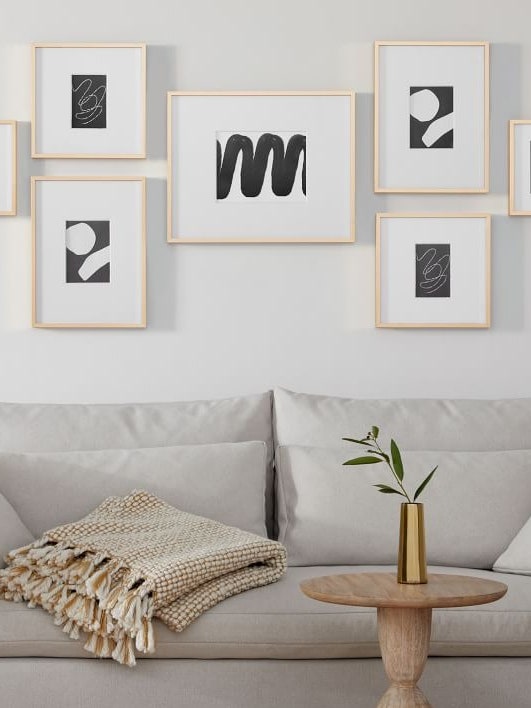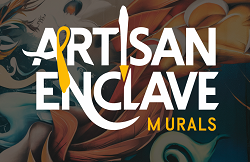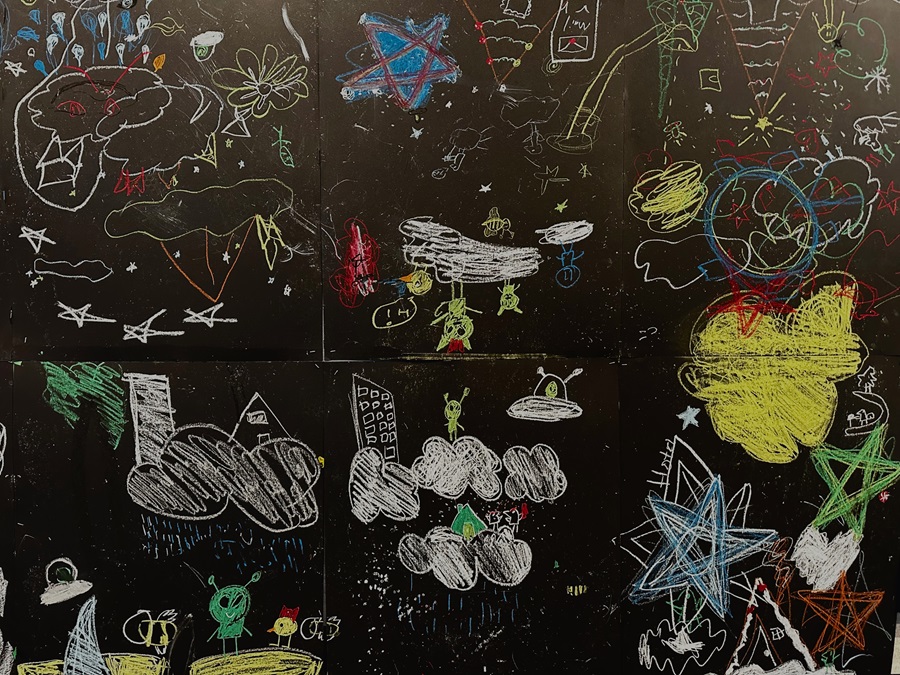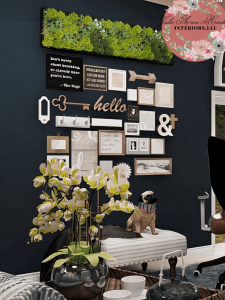Artisan enclave murals are renowned for their vibrant colors and intricate designs, transforming plain spaces into captivating environments. However, installing these murals on textured walls presents unique challenges that require careful consideration and technique.
Understanding Textured Walls
What are Textured Walls?
Textured walls can vary widely, from subtle orange peel textures to more pronounced stucco finishes. These textures can si read here gnificantly impact the installation process of wall murals.
Types of Textured Walls
- Stucco: Heavily textured and can be rough, requiring extensive preparation.
- Popcorn: Known for its bumpy surface, often found on ceilings.
- Orange Peel: Lighter texture resembling the skin of an orange.
Preparing Textured Walls for Murals
Proper preparation of textured walls is crucial for a successful mural installation. Here’s how to prepare these surfaces:
-
- Cleaning: Remove dust and debris from the wall.
- Smoothing: Apply a skim coat of plaster or use sandpaper to reduce texture.
- Priming: Use a high-quality primer to create a smooth, adhesive surface.

Choosing the Right Materials
Selecting the right materials is vital for ensuring the mural adheres properly and lasts long.
Best Types of Murals for Textured Walls
- Peel-and-Stick Murals: Easier to handle and adjust on textured surfaces.
- Fabric Murals: Offer flexibility and are forgiving on uneven surfaces.
Recommended Materials
| Material Type | Benefits | Recommended Use |
|---|---|---|
| High-quality adhesive | Ensures strong bond | Essential for heavier murals |
| Heavy-duty primer | Creates a smooth base | Recommended for very textured walls |
Installation Techniques
Installing murals on textured walls requires specific techniques to ensure proper adhesion and aesthetic appeal.
Step-by-Step Installation Guide
- Measure and Cut: Measure the wall and cut the mural to size, allowing extra for adjustments.
- Apply Adhesive: If not peel-and-stick, apply a uniform layer of adhesive.
- Position the Mural: Start from the top and gradually smooth the mural onto the wall.
- Smooth Out Bubbles: Use a soft roller to gently press out any air bubbles.
Tips for Success
- Always align the mural at the top of the wall and work downwards.
- Use a soft cloth or sponge to gently press the mural into the wall’s crevices.
Overcoming Common Challenges
Handling Air Bubbles and Adhesion Issues
- Air Bubbles: Can be smoothed out with a roller or punctured with a fine needle.
- Adhesion Issues: Ensure the wall is primed adequately before installation.
Ensuring Edge Adherence
- Seal Edges: Use a small brush to apply adhesive under any lifting edges.
Maintenance and Care
Maintaining your mural ensures it remains vibrant and adhered over time.
Cleaning and Care Tips
- Dust Regularly: Use a soft cloth or duster to keep the mural clean.
- Clean Spills Promptly: Use a damp cloth, avoiding harsh chemicals.
Case Studies
Successful Installations
Several case studies highlight the successful installation of artisan enclave murals on textured walls, showcasing the importance of proper technique and preparation.
Lessons Learned
- Preparation is Key: Adequate wall preparation can prevent many common issues.
- Choose the Right Materials: Investing in quality materials pays off in the long run.
Conclusion
While installing artisan enclave murals on textured walls can be challenging, proper preparation, techniques, and materials can lead to successful and stunning installations. Embrace the challenge and transform your space with beautiful artisan murals.

I am Nicholas Cremean, your guide and expert in the nuanced world of mural installations. With over a decade of experience in the mural industry, I specialize in bringing artistic visions to life on walls and surfaces of all types.




